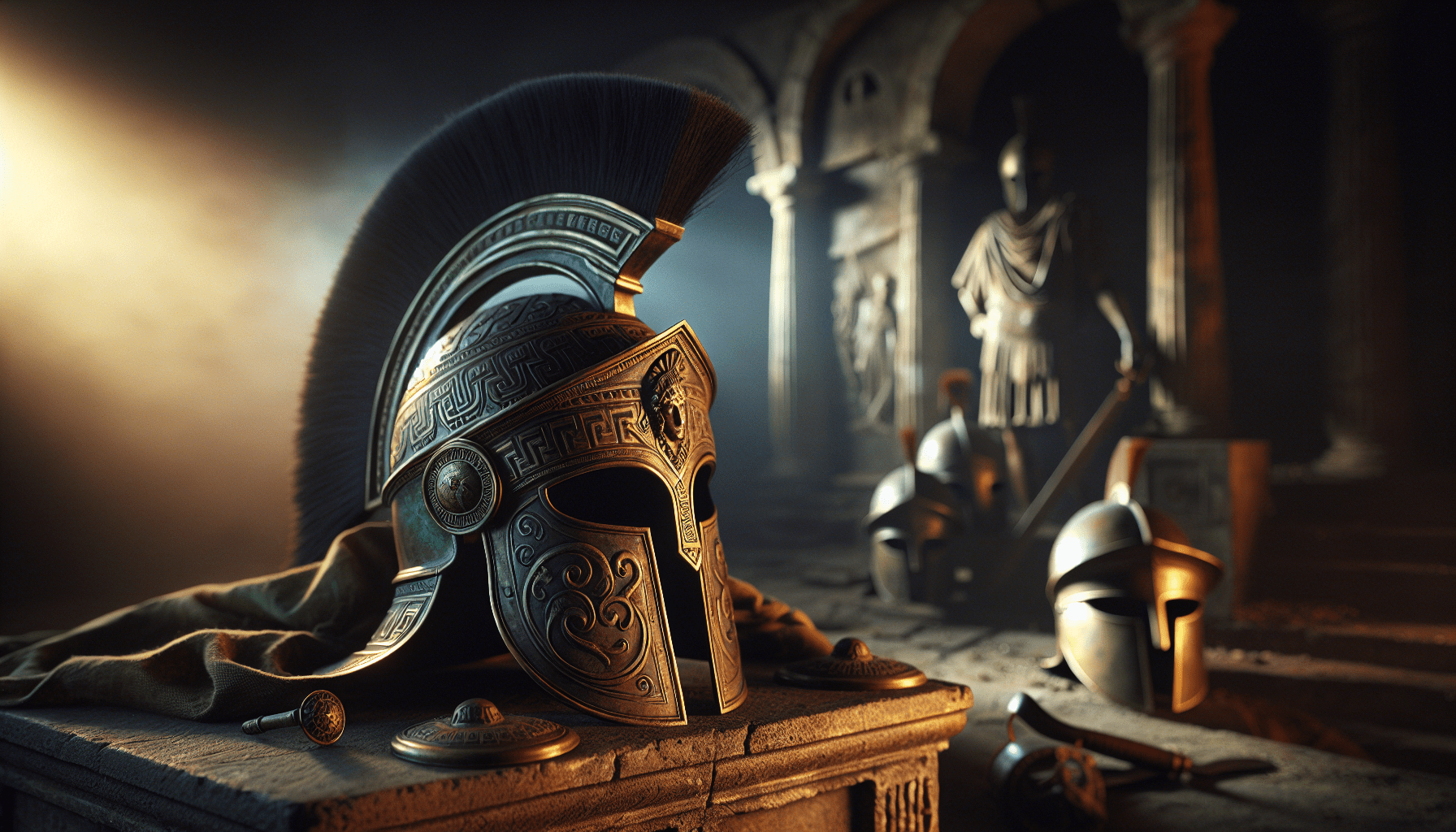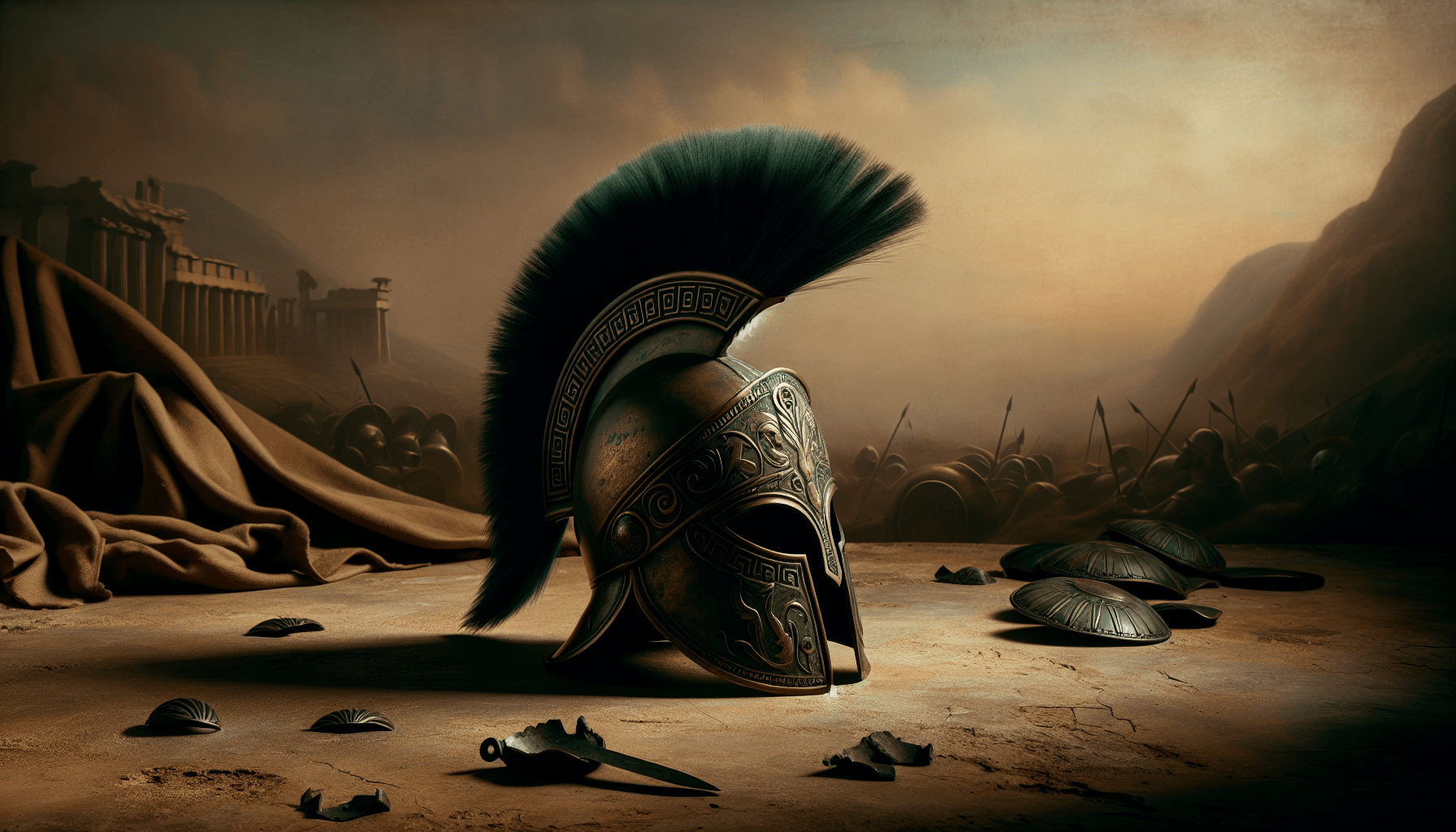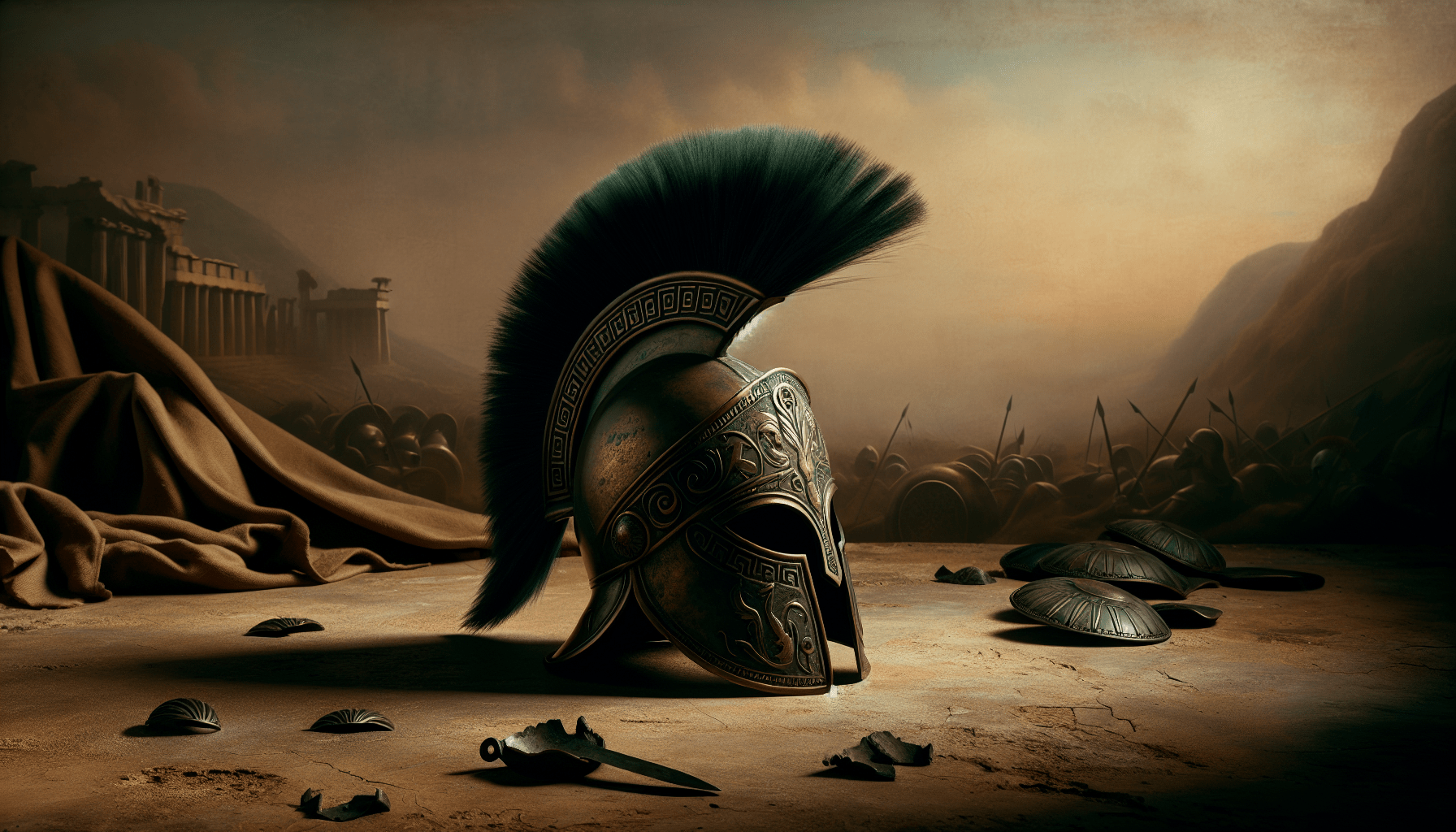The Battle of Leuctra, fought on July 6, 371 BC, marked a significant turning point in the power dynamics of ancient Greece. This historical confrontation pitted the formidable Boeotians, commanded by General Epaminondas, against the once-dominant Spartans and their allies in the aftermath of the Corinthian War. The defeat inflicted upon the Spartans shattered their previously unassailable influence, which had been built on their victories in earlier conflicts such as the Peloponnesian War. Through this analysis, you will explore the strategies employed during this pivotal battle, the key figures involved, and the broader implications on the geopolitical landscape of the Greek peninsula.
Key aspects of this event include the tactical innovations introduced by Epaminondas and the significant psychological warfare that contributed to the Theban victory. The battle’s outcome not only diminished Spartan power but also temporarily elevated Thebes as a dominant force in Greece, reshaping alliances and rivalries among the city-states. As the article unfolds, you will gain insights into the military formations, critical moments of the engagement, and the aftermath that set the stage for future conflicts, including a consideration of how such historical events continue to influence contemporary understandings of warfare and leadership.
The Battle of Leuctra: Shattering Spartan Dominance
The battle that unfolded on July 6, 371 BC at Leuctra marked a pivotal moment in ancient Greek history, representing a significant shift in the power balance among the city-states. The confrontation pitted the Thebans against the mighty Spartans, setting the stage for an epic struggle that would reverberate through subsequent generations. In this examination, you will explore the historical context leading to the battle, the key figures involved, the innovative tactics employed, and the lasting impact of this critical event.

Historical Context of the Battle
Rise of Spartan Influence
Following their decisive victory in the Peloponnesian War (431–404 BC), the Spartans solidified their status as the predominant military power in ancient Greece. The subsequent establishment of the Peloponnesian League allowed Sparta to exert influence through military might and political manipulation. However, their harsh tactics and domination over other city-states generated resentment, eventually sowing the seeds of rebellion.
Post-Corinthian War Dynamics
The Corinthian War (395–387 BC) further complicated the Greek political landscape. Although it ended in a stalemate, the conflict left Sparta weakened and increasingly isolated. The Thebans, exploiting the vacuum of power, began to forge their own alliances and assert independence. As tensions rose and the Spartan yoke grew unbearable for the Boeotians, the stage was set for confrontation.
The Role of Thebes in Greek Politics
Thebes, often overshadowed by the more renowned Athens and Sparta, began to rise in significance as a military and political force. The Boeotians, uniting under Theban leadership, sought to challenge Spartan hegemony. The leadership of Epaminondas would transform Thebes from a state of fragile alliances into a formidable power capable of contending with Sparta.
Lead-Up to the Battle of Leuctra
Spartan Demands and Theban Rejection
The immediate lead-up to the battle was marked by Spartan demands for the abolition of the Boeotian Confederacy, which Thebes staunchly rejected. This rejection was not simply a matter of political strategy; it symbolized the growing desire for autonomy among the Greek city-states. With their rejection anticipated, the Spartans began mobilizing their forces against Thebes.
Mobilization of Forces
Despite the discontent brewing among their allies, the Spartans gathered a formidable army, leveraging their reputation to bring various factions together. Led by King Cleombrotus, the Spartan forces consisted of approximately 11,000 soldiers, including 700 elite hoplites. Concurrently, the Thebans under Epaminondas were assembling their own troops, bolstered by the elite Sacred Band of Thebes, a group renowned for their valor and discipline.
Political Alliances and Enmities
In the days leading up to the battle, shifting alliances played a central role. The Thebans forged strong ties with various factions seeking liberation from Spartan control, while Sparta’s alliances began to wane as disillusionment set in among their allies. This precarious political landscape imbued the battlefield with a sense of desperation and determination on both sides.
Key Figures in the Battle
Epaminondas: The Theban Commander
Epaminondas emerged as the strategic genius of the Theban forces. His innovative military tactics, grounded in rigorous education and a forward-thinking mindset, transformed his army’s capabilities. His commitment to Theban autonomy and success ignited unprecedented morale among the soldiers, making him an instrumental figure in the battle.
Cleombrotus: The Spartan Leader
King Cleombrotus of Sparta faced the daunting task of leading a seasoned but isolated army into battle against the increasingly defiant Thebans. His leadership would prove critical, yet the limitations of traditional Spartan tactics would soon be exposed in the face of Epaminondas’s strategic innovations.
Role of Other Theban and Spartan Commanders
While Epaminondas and Cleombrotus were the primary leaders, other commanders played vital roles. The Theban commanders supported Epaminondas in executing his tactics, while Spartan officers attempted to reinforce traditional strategies amidst growing chaos.
Composition of the Armies
The Spartan Forces
The Spartan army consisted of 11,000 troops, a mix of seasoned hoplites, allied infantry, and cavalry. The elite background of Spartan fighters imbued them with confidence, but the long years of continuous warfare had led to dwindling enthusiasm among their ranks. The rigid structure of Spartan formations would be challenged on the battlefield.
The Theban Army and its Allies
Contrasting with the Spartans, the Theban army comprised around 6,000 hoplites, with the Sacred Band bringing a crucial edge in morale and fighting capacity. The integration of allies and the skilled light infantry enhanced their overall combat effectiveness, presenting a diversified military force prepared to confront Spartan strength.
Cavalry and Light Infantry: Key Players
Cavalry units and light infantry emerged as vital components of both armies, with Thebes boasting 600 cavalrymen known for their tactical prowess. The ability to execute rapid maneuvers and flanking maneuvers would prove essential for Theban strategies, allowing them to exploit weaknesses in Spartan defenses.

Strategic Innovations of Epaminondas
Tactics of the Theban Left Wing
Epaminondas departed from conventional tactics by concentrating his strongest troops on the left wing of his formation. By using a 50-deep column, he aimed to concentrate force and drive a wedge between the Spartan lines. This calculated move altered the dynamics of the battle from the outset.
Use of the Sacred Band of Thebes
The Sacred Band of Thebes, elite fighters who had cultivated a reputation for bravery, was strategically deployed on the front lines. This group’s cohesion and commitment represented the culmination of Theban efforts to challenge Spartan dominance, serving as a morale booster not only for their fellow Thebans but for their allies as well.
Psychological Warfare and Morale
Epaminondas capitalized on psychological factors, motivating his troops by recalling past grievances against the Spartans. The soldiers’ emotions were stirred by the story of local victims who had suffered at the hands of Spartans, uniting the Theban forces under a banner of vengeance and restoring faith in the idea of victory.
The Battle Unfolded
Initial Cavalry Engagements
The battle commenced with cavalry clashes, setting the tone for the ensuing conflict. The Theban cavalry effectively drove back the Spartan forces, which laid the groundwork for the following infantry engagements. The initial success underscored the cracks in Spartan confidence.
The Main Infantry Clash
When the main infantry clash occurred, the innovative strategies of Epaminondas came to the forefront. The concentrated attack on the Spartan right wing initiated a rout among their troops, showcasing how new tactics could overcome traditional formations. The sheer force of the Theban left wing shattered the Spartan line, leading to significant casualties.
Role of Geography in Tactics
The geographical layout of Leuctra played a crucial role in shaping the battlefield tactics employed by both sides. The Thebans were able to leverage their knowledge of the terrain to their advantage, using it to fortify their positions and channel Spartan movements into unfavorable formations.

Aftermath of the Battle
Immediate Consequences for Sparta
The immediate aftermath of the battle was catastrophic for Sparta. The loss of nearly one-third of their forces, including the death of King Cleombrotus, marked a profound psychological and strategic blow. Sparta’s reputation as an invincible power was irrevocably damaged, leading to a reevaluation of their military approach.
Theban Control and Influence
In the wake of the victory, Thebes emerged as a significant military power, able to assert control over Boeotia and challenge Spartan supremacy. The victory at Leuctra opened the doors for Theban influence over Greece, as they began to form alliances and promote their own hegemony.
Long-term Impact on Greek City-States
The Battle of Leuctra initiated a shift in power dynamics across the Greek city-states. Sparta’s decline set the stage for shifting allegiances and rising powers, including Thebes and ultimately Macedonia. The effects of this battle would be felt for decades to come as the political landscape in Greece continued to evolve.
Analysis of Tactical Decisions
Comparative Evaluation of Theban and Spartan Strategies
A thorough analysis reveals how Epaminondas’s innovative tactics contrasted sharply with the traditional approaches of Spartan warfare. The flexibility and adaptability of Theban strategies allowed them to overcome a formidable adversary, providing valuable lessons for future military commanders.
Lessons Learned from the Battle
Key lessons emerged from the battle, emphasizing the importance of innovation, adaptability, and psychological elements in warfare. The experience offered crucial insights into the necessity of evolving military strategies in response to changing political dynamics.
The Role of Leadership in Victory
Leadership styles profoundly influenced the battle’s outcome. While Epaminondas exemplified strategic thinking and effective morale-boosting, the Spartan leadership struggled to adapt to the unfolding circumstances, ultimately leading to their defeat.
Cultural and Historical Significance
The Battle in Contemporary Accounts
The significance of Leuctra was well documented by historians like Xenophon and Plutarch, who recognized its role in redrawing the political landscape. Their accounts provide crucial insights into the motivations and implications of the battle, contextualizing it within broader themes of power, autonomy, and conflict.
Legacy of Leuctra in Greek History
The long-term legacy of the Battle of Leuctra echoes through the annals of Greek history, symbolizing the end of Spartan hegemony and the rise of new social and political orders. The Theban victory proved that established powers could be challenged and defeated, inspiring subsequent generations in their own struggles against oppression.
Representation in Art and Literature
The Battle of Leuctra has found representation in various art forms and literature, illustrating its enduring influence. Artistic depictions have romanticized the heroism and tragedy of the conflict, while literary works continue to explore its themes of honor, valor, and the fragility of power.
Conclusion
Summary of Key Outcomes
The Battle of Leuctra marked a watershed moment in Greek history, shattering the myth of Spartan invincibility and establishing Thebes as a significant player on the geopolitical stage. The immediate consequences altered military strategies, reshaped alliances, and set in motion a cascade of historical events that would define the coming era.
Reflection on Spartan Decline
The outcome at Leuctra catalyzed the decline of Spartan power, exposing vulnerabilities in their long-standing military traditions. The shift in dominance underscored the unpredictable nature of power in the ancient world, illustrating how swiftly fortunes could change.
The Role of Historical Battles in Shaping Power Dynamics
Historical battles like Leuctra serve as vital narratives within the broader framework of political evolution. The shifting power dynamics exhibited in this conflict continue to resonate, emphasizing the role of military engagements in shaping the cultural and political identity of nations. Understanding these historical contexts enriches our appreciation of both the challenges and triumphs that define human civilization.
The Battle of Leuctra remains a compelling tale of resilience, strategy, and the enduring struggle for autonomy, illustrating the complex tapestry of ancient Greek history.
